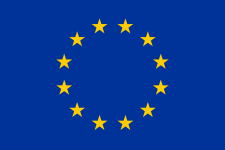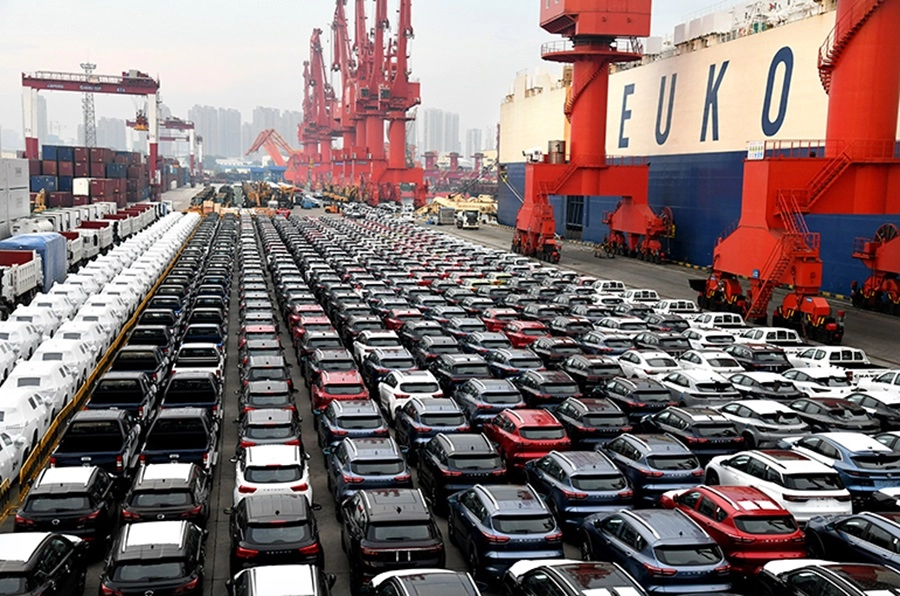This Tuesday, the European Commission announced a downward adjustment to the provisional tariffs for battery electric cars imported from China.
This measure was taken by Brussels after concluding that manufacturers in this country enjoy an “unfair” advantage due to the subsidies they receive from the government.
Brussels confirmed that the tariff for BYD will be 17%, for Geely 19.3%, and for SAIC 36.3%.
These figures are several tenths lower than the initial announcements made when the measure was proposed.
Other manufacturers that have cooperated with community services during the investigation will face a 21.3% tariff, three tenths more than in the first proposal, while those who did not cooperate will be subject to the highest rate of 36.3%, a reduction also compared to the maximum tariff of 38.1% proposed by the European Commission in June.
These duties will also be added to the 10% that the European Union already collects on imports of battery electric vehicles.
In a new development, Brussels announced that a 9% tariff will be applied to Tesla for its production in China following a specific review requested by Elon Musk’s company as part of the investigation process.
The lower tariff applied to Tesla compared to Chinese firms is due to Tesla’s simpler business structure in China and its lack of self-financing, unlike other companies in the sector that benefit from advantages granted by Chinese authorities.
In the case of “joint ventures” between European and Chinese manufacturers, the tariff applicable to the linked Asian companies will be applied.
The tariffs came into effect in July but will only be collected if the EU decides to impose final tariffs four months after establishing the provisional ones.
Brussels has set a deadline of 30 October, so the tariffs will come into effect the following day if approved by the European Commission and member states, for a period of five years.
Meanwhile, the European Executive is maintaining contacts with Beijing to work on an alternative to the application of trade tariffs.
Brussels insists that it is up to China to propose a solution that resolves the trade issue in the same way as the tariff proposed by community services.
Community services activated import monitoring to study measures after observing “massive” entries of nearly 200,000 vehicles between October 2023 and January 2024, representing an 11% increase compared to the same period the previous year, in terms of monthly average, and a 14% increase compared to the equivalent period between October 2022 and January 2023.
However, the community response raises concerns among some EU countries, such as Germany and Sweden, which fear the consequences of a trade war with the Asian giant, while others like Spain and France view it more favourably.







